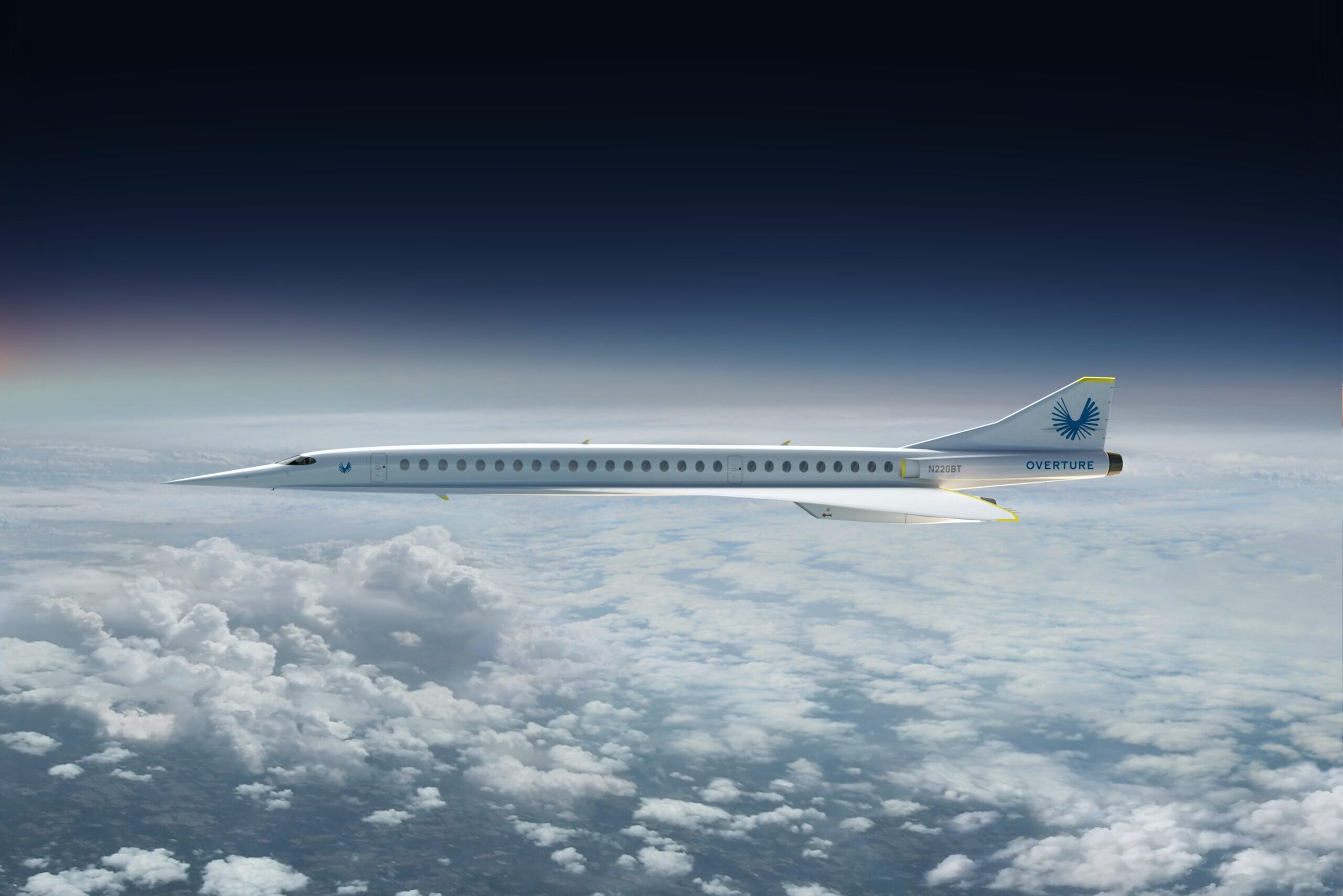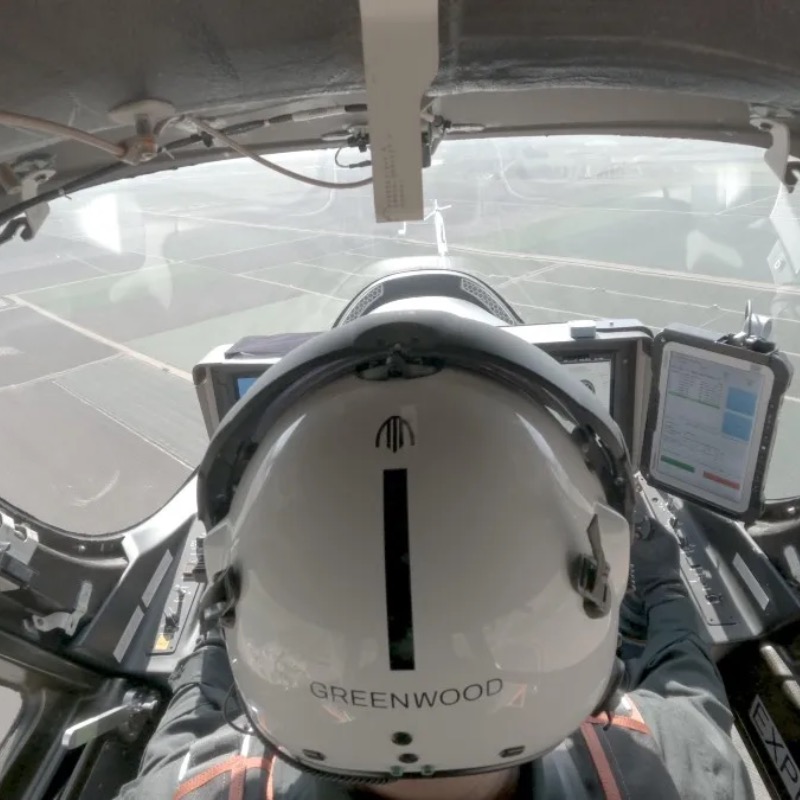It’s one of the most memorable scenes in Top Gun: Maverick—the voiceover says “He’s the fastest man alive” as the camera cuts to Tom Cruise flying on the sleek, futuristic, hypersonic Darkstar in an unauthorised test flight where he not only tries to reach the jet’s targeted speed, but pushes its limits to see how fast it can really fly. In the end, the hypersonic reaches a speed of Mach 10.4—that is, 10.4 times the speed of sound, or to be technically precise, 12,842 kilometres per hour (7,980 miles per hour).
This speed is more than 10 times faster than today’s fastest commercial business jet—Bombardier’s Global 8000, which was unveiled just this past summer, in May 2022. The Canadian business jet manufacturer claims it can reach a maximum speed of Mach 0.94, or 1,160.7 kilometres per hour (721 miles per hour), which, by contemporary standards, is noteworthy.
We’ve been in the constant pursuit of speed ever since planes were invented and this pursuit has led jet manufacturers to become obsessed with developing supersonic jets that fly fast… really fast; faster than the speed of sound, faster than a speeding bullet, faster than… well, you get our drift.
In fact, supersonic jets are not something that only exist in the form of concepts. The last time we had a supersonic plane on duty was exactly 20 years ago, when the iconic Concorde finally retired in 2003 (after a fatal accident that grounded all supersonic jets).
Today, there are a few jet makers trying to bring supersonic jets back, showcasing exciting concepts for those intrigued by the skies and speed. By the decade’s end, we just might see these incredible machines soaring, so buckle up.
Lockheed Martin: X-59
(Mach 1.4)

First, meet the X-59 developed by Lockheed Martin, the company that designed the conceptual hypersonic Darkstar that Tom Cruise pilots at the beginning of Top Gun: Maverick. The X-59, also dubbed “Son of Concorde,” will fly at Mach 1.4 (1,729 kilometres per hour, or 1,074 miles per hour) at an altitude of 55,000 feet (16,764 metres). Its first flight is planned for later this year—before the last quarter of 2023.
In collaboration with NASA’s Quest Mission, the aircraft is designed and built with technology that reduces the loudness of a sonic boom (a loud explosion)—the ear-shattering thunderclap-like noise created when an object travels faster than the speed of sound—to “a gentle thump” or the sound of “a car door closing.” It will also help NASA gather information to establish an acceptable commercial supersonic noise standard, to lift the current ban on commercial supersonic travel. The loud, potentially harmful, noise created by sonic boom will be considerably curbed as per plans, a concept many jet makers have been working on.
Spike: S-512
(Mach 1.6)
The Spike S-512 is an ultra-quiet supersonic developed by Boston-based Spike Aerospace. The 134-foot (37-metre) long aircraft can accommodate 12 to 18 passengers. It is designed to fly at Mach 1.6 (1,976 kilometres per hour, or 1,228 miles per hour) with a maximum range of 6,200 nautical miles (11,482 km, or 7,135 miles).
Notably, the Spike S-512 will feature Quiet Supersonic Flight Technology, which will allow the jet to fly at its full cruising speed without creating a loud sonic boom. The jet maker claims the jet’s sonic signature sound is expected to be less than 75 PLdB (perceived loudness level) at ground level, which will “sound like a soft clap or muted background noise.”

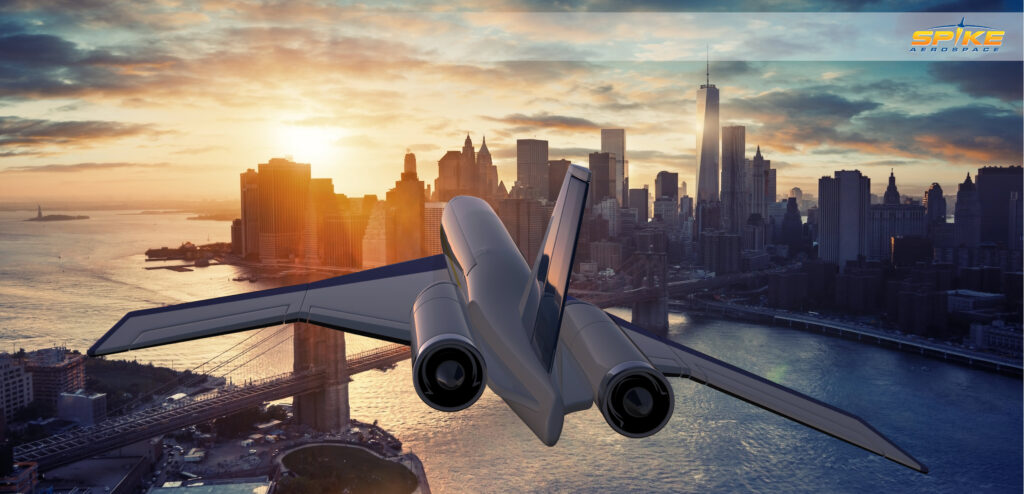
The jet’s interior will offer novel experiences to travellers as well. Instead of conventional aircraft windows, the jet will feature cabin-length panoramic, high-definition screens on both sides, which can be used to display real-time 360-degree aircraft surroundings, movies, work presentations, and so on. In-flight telephone system and Wi-Fi connection will both be available.
Boom: Overture and XB-1 (Mach 1.7)
Denver-based aerospace company Boom Supersonic is another pioneer in supersonic jet development and manufacturing, and the company aims to bring supersonic travel back by 2029 with its flagship supersonic airliner, Overture.
The proposed all-business-class jet is capable of carrying 65 to 80 passengers. Powered by four wing-mounted engines, it is estimated to cruise at a speed of Mach 1.7 (2,099 kilometres per hour, or 1,304 miles per hour) over water and just under Mach 1 (1,235 kilometres per hour, or 767 miles per hour) over land, with a range of 4,250 nautical miles (7,871 kilometres, or 4,891 miles).
This will make it possible to halve the time needed for selected transoceanic routes. For example, the time needed to fly between New York and London will be considerably reduced from 6.5 to 3.5 hours, and the flight between Los Angeles and Sydney will only be 8.5 hours. In terms of the in-flight experience, the 205-foot (62.5-metre) long, single-aisle jet will feature in-seat entertainment screens, ample personal space, and contactless technology.
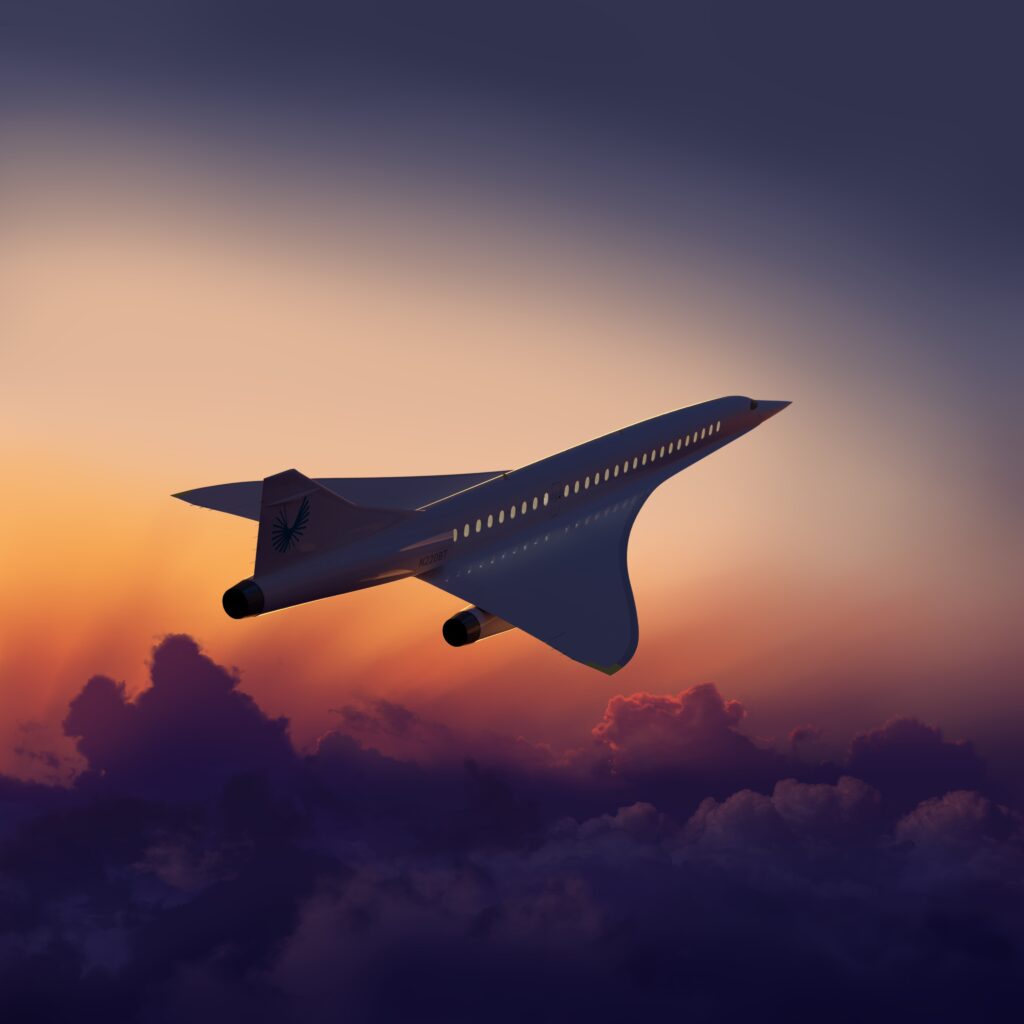
Boom has partnered with Japan Airlines on Overture’s design and passenger experience, as well as with Rolls-Royce on engine development. The first Overture aircraft is projected to be rolled out in 2025, have its first test flight in 2026, and finally, carry its first passengers in 2029.
Last year, United Airlines announced a commercial agreement with Boom to purchase 15 Overture airliners with an option for an additional 35 aircraft. This August, American Airlines also announced that it would purchase up to 20 Overture planes with an option for another 40.
At the same time, Boom is also developing XB-1, a trijet supersonic with a fuselage that spans nearly 71 feet (21.6 metres) in length, which is roughly one third of Overture’s scale, making it a miniaturised demonstrator for the eventual Overture jet. The aircraft was rolled out in 2020 and flight testing is scheduled for this year.
Exosonic
(Mach 1.8)
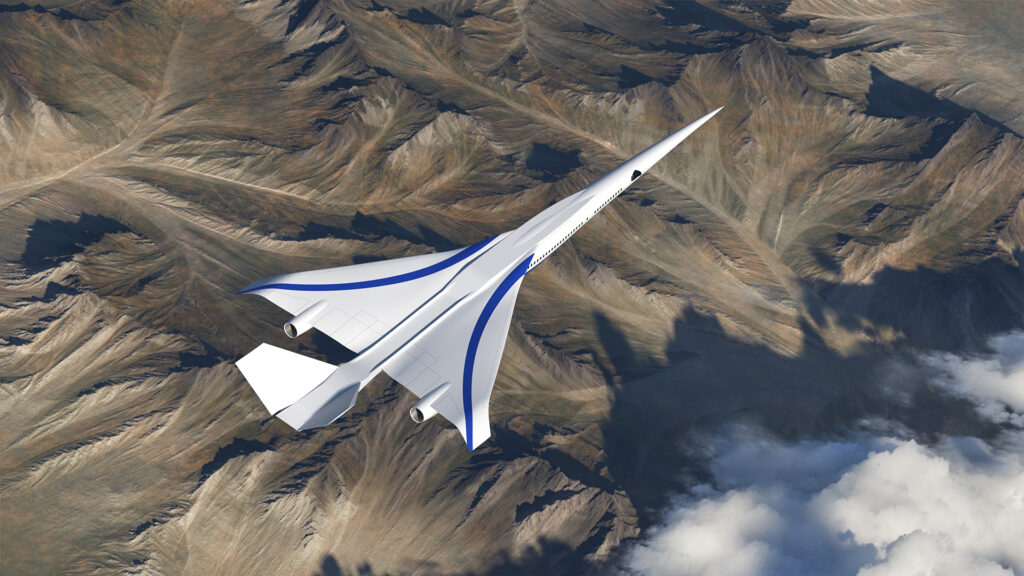
US-based aerospace start-up Exosonic is developing a low-boom supersonic jet capable of cruising at Mach 1.8 (2,223 kilometres per hour, or 1,381 miles per hour) overland, with a range of 5,000 nautical miles (9,260 kilometres, or 5,754 miles) and a capacity of 70 passengers. At this cruising speed, the travel time between London’s Heathrow Airport and Hong Kong International Airport will be just six hours.
Virgin Galactic
(Mach 3)

British billionaire Richard Branson’s spaceflight company Virgin Galactic announced a strategic partnership with Rolls-Royce in 2020 to collaborate in designing and developing engine propulsion technology for high-speed commercial aircraft. It will be a delta-wing aircraft designed to fly at Mach 3 (3,704 kilometres per hour, or 2,302 miles per hour) at an altitude above 60,000 feet, and have the capacity to host a minimum of nine and a maximum of 19 people. The aircraft will incorporate custom cabin layouts with business or first class seating arrangements.
Hermeus: Halcyon
(Mach 5)
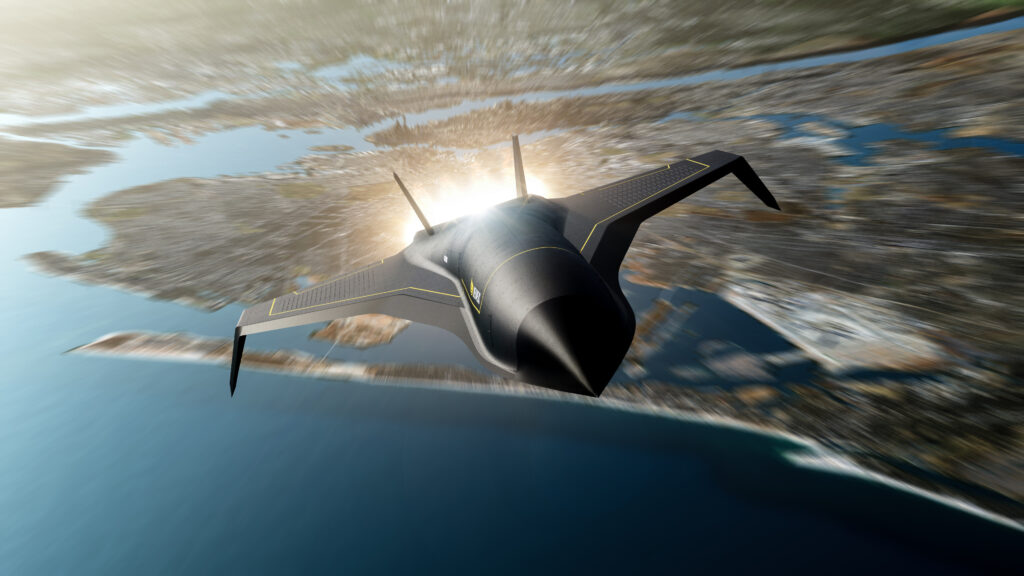
A look at what may be the fastest hypersonic jets in production—those that can cruise at a speed five times greater than the speed of sound. American start-up Hermeus is developing a 20-passenger Mach 5 (6,174 kilometres per hour, or 3,836 miles per hour) aircraft called Halcyon. The jet will cruise twice as fast as the old Concorde, with a range of 4,600 miles (7,403 kilometres), which will allow passengers to cross the Atlantic from New York to London in just 90 minutes instead of seven hours, according to the company. The aircraft will be in a titanium alloy primary structure and its interior will feature LED faux windows displaying customised views and real-time flight data.
SpaceX: Starship
And finally, while this is not really a supersonic or hypersonic aircraft, the Starship rocket by Elon Musk’s SpaceX will take you from New York to Paris within 30 minutes… or so says the billionaire. In Musk’s whimsical envisagement, although the rocket was initially designed as a spacecraft that will fly to the Moon and Mars, the same technology will also be used for terrestrial flights on Earth, to take people from one to the other side of the planet “in under one hour.”
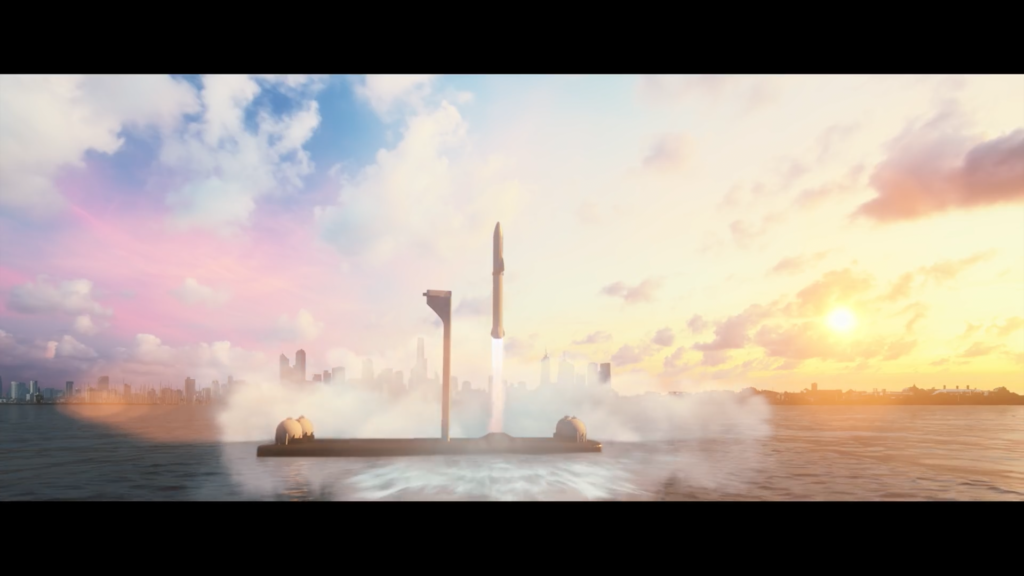

In fact, in a simulation video that was originally posted back in 2017, the clip depicts this ultra-fast flight. Imagine a journey from New York to Shanghai in 39 minutes! Passengers first board a ship to arrive at a launch platform on the sea and then embark the spacecraft, which will cruise at a much higher altitude and have a maximum speed of 27,000 kilometres per hour (16,777 miles per hour), equivalent to Mach 22. Should this feat come true, we would be able to fly from Bangkok to Dubai in 27 minutes, or Tokyo to Singapore in 28 minutes—any “earth-to-earth” destination would take less than 30 minutes. Well, that’s the goal, anyway. Clearly when it comes to flight ambitions, the sky is the limit.





